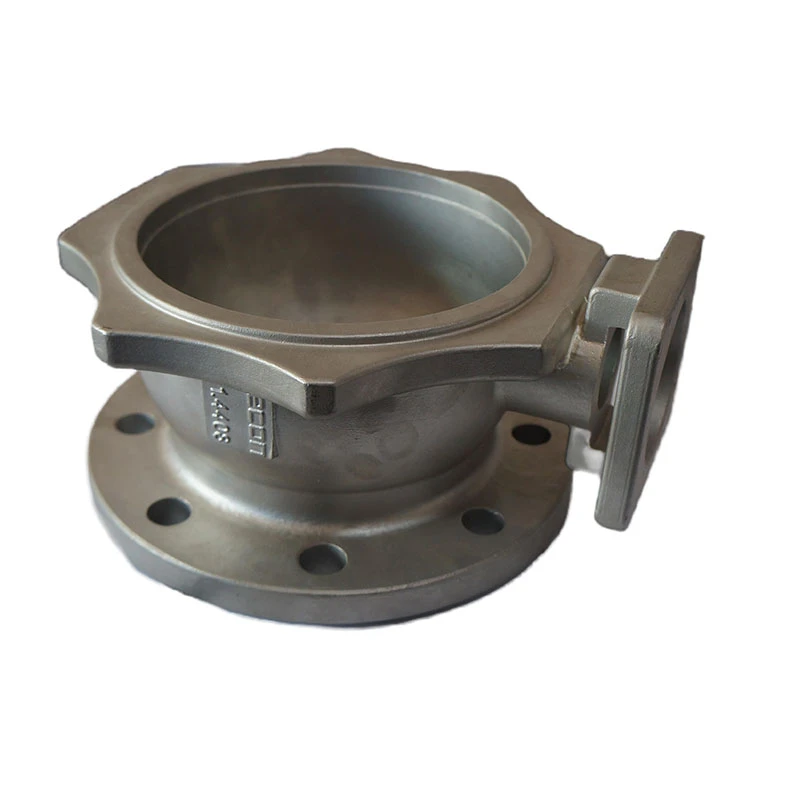types of die casting
Types of Die Casting A Comprehensive Overview
Die casting is a manufacturing process that involves forcing molten metal into a mold cavity under high pressure. This method is widely used for producing intricate, high-precision components in various industries, including automotive, aerospace, electronics, and consumer goods. Selecting the appropriate type of die casting is critical to achieving the desired quality, dimensional accuracy, and production efficiency. This article explores the primary types of die casting, highlighting their unique features, advantages, and applications.
1. High-Pressure Die Casting (HPDC)
High-pressure die casting is the most commonly utilized method in the die casting industry. In this process, molten metal is injected into a steel mold at extremely high pressures, often exceeding 1,500 psi. This technique allows for the production of complex geometries and thin-walled components while maintaining tight tolerances.
Advantages - High production rates make it suitable for mass production. - Exceptional surface finish and dimensional accuracy are achieved. - The method is versatile, accommodating various alloys, including aluminum, zinc, and magnesium.
Applications High-pressure die casting is widely used in industries such as automotive for engine blocks, transmission housings, and other structural components. Additionally, it is prevalent in the manufacturing of electronic parts and consumer goods.
2. Low-Pressure Die Casting (LPDC)
Low-pressure die casting utilizes a significantly lower injection pressure compared to high-pressure die casting, typically ranging from 1 to 15 psi. In this method, the molten metal is drawn into the mold cavity by means of a gas pressure chamber, which allows for slower and more controlled filling of the mold.
Advantages - Improved mechanical properties due to a more uniform microstructure. - Reduced porosity compared to high-pressure die casting, resulting in improved durability. - Ideal for producing larger, thicker-walled components without the risks of defects.
Applications Low-pressure die casting is commonly used for producing large components in the automotive and aerospace industries, such as engine parts and structural frames
.3. Gravity Die Casting
types of die casting

Gravity die casting, also known as permanent mold casting, relies solely on gravity to fill the mold cavity with molten metal. This technique is characterized by its simplicity and lower initial setup costs. The molds are typically made from steel or iron and can be reused multiple times, leading to cost efficiency over time.
Advantages - Lower tooling costs compared to high-pressure die casting. - Excellent surface finish and dimensional accuracy are achievable. - A wide range of non-ferrous metals can be used, including aluminum and copper alloys.
Applications Gravity die casting is often used for medium- to high-volume production of components such as automotive parts, machinery components, and decorative items.
4. Sand Casting
Sand casting, while not a die casting process in the traditional sense, is worth mentioning due to its popularity in metal casting. In this method, a mold is formed using a mixture of sand and a binding agent. Molten metal is then poured into the mold and allowed to solidify.
Advantages - Flexibility in the design of complex shapes without the need for expensive steel molds. - Capability to cast a variety of metals, including ferrous and non-ferrous alloys. - Low initial investment costs make it accessible for small production runs.
Applications Sand casting is used for producing a wide range of parts, from large machinery components to intricate artistic works.
Conclusion
Each type of die casting offers unique benefits and is suited for specific applications. High-pressure die casting is favored for its precision and speed, while low-pressure die casting excels in producing larger components with enhanced mechanical properties. Gravity die casting presents a cost-effective solution for medium production runs, and sand casting provides flexibility for a broad array of designs and materials.
Understanding the different types of die casting processes allows manufacturers to select the best method for their production needs, ultimately leading to improved efficiency, reduced costs, and higher-quality end products. As technologies advance, the die casting industry continues to evolve, offering innovative solutions that meet the rising demands of various industries.
-
Precision Sheet Metal Stamping Manufacturer | Fast & ReliableNewsAug.01,2025
-
OEM Sand Cast Pump Valve Fittings - Baoding Hairun Machinery And Equipment Trading Co., Ltd.NewsAug.01,2025
-
Custom OEM Impellers | High Efficiency & PrecisionNewsAug.01,2025
-
OEM Sand Cast Pump Valve Fittings - Baoding Hairun Machinery | Customization, Quality AssuranceNewsAug.01,2025
-
OEM Sand Cast Pump Valve Fittings - Baoding Hairun Machinery And Equipment Trading Co., Ltd.NewsAug.01,2025
-
OEM Sand Cast Pump Valve Fittings - Baoding Hairun Machinery And Equipment Trading Co., Ltd.NewsJul.31,2025















